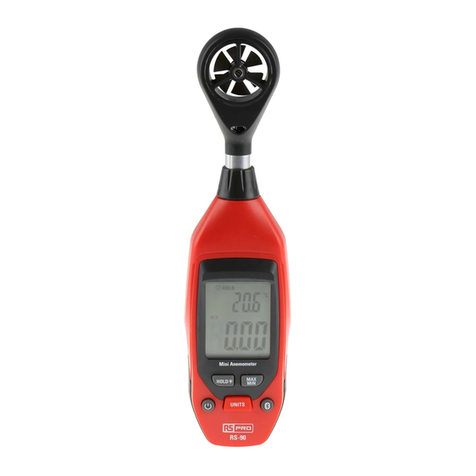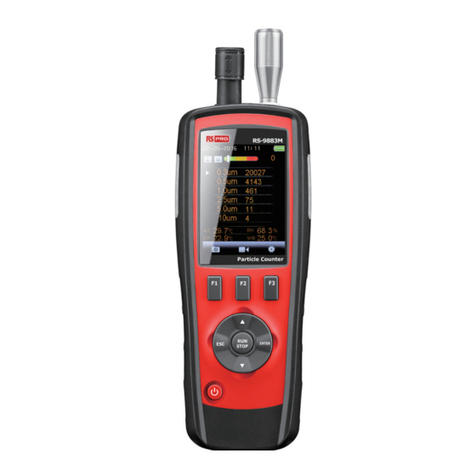RS PRO RS-1340 User manual
Other RS PRO Measuring Instrument manuals

RS PRO
RS PRO 123-8776 User manual
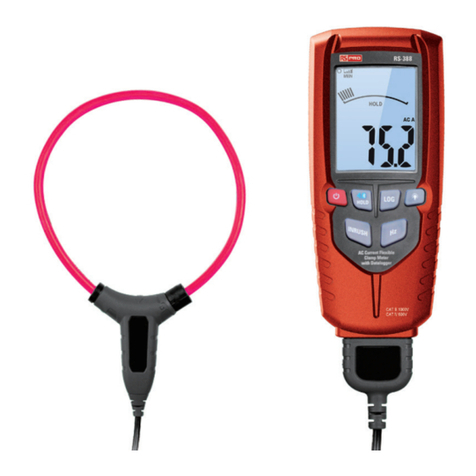
RS PRO
RS PRO DT-388 User manual
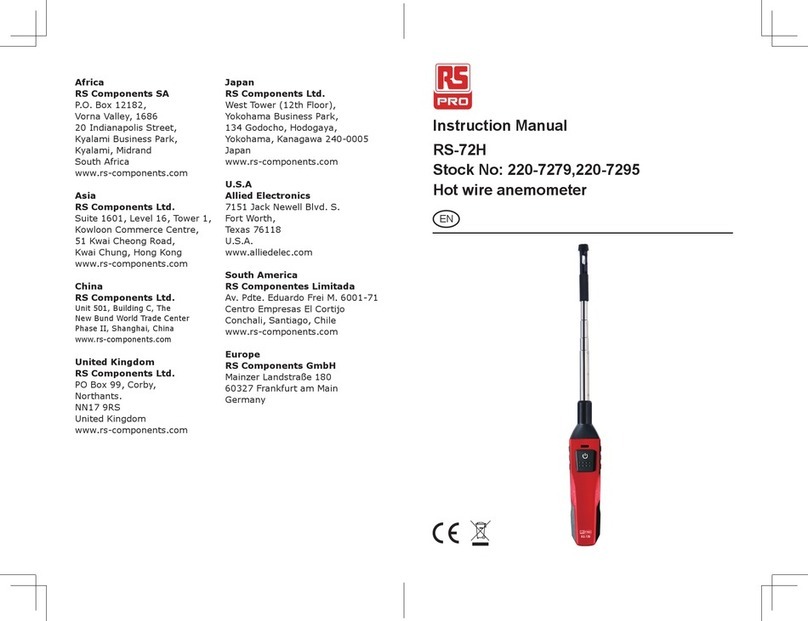
RS PRO
RS PRO RS-72H User manual
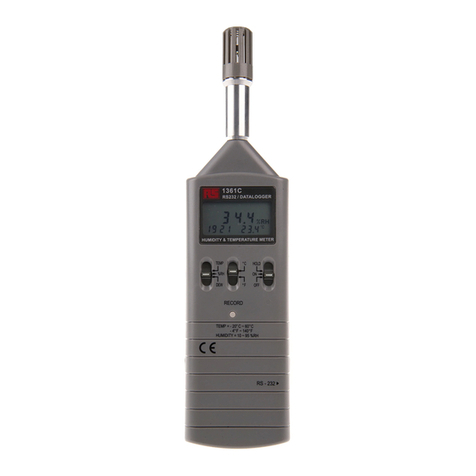
RS PRO
RS PRO RS-1361C User manual
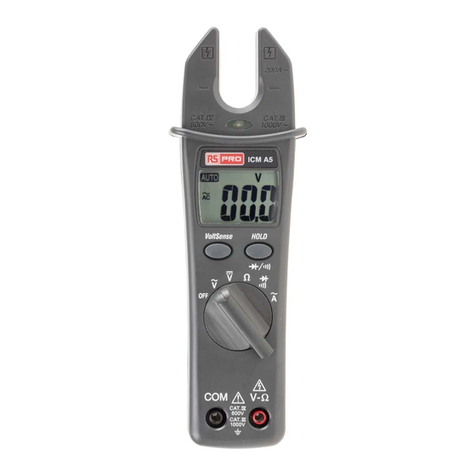
RS PRO
RS PRO ICM A5 User manual
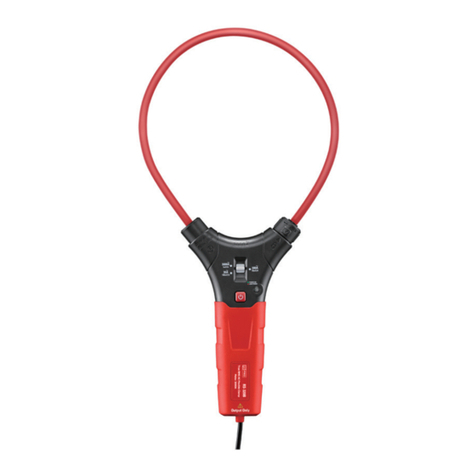
RS PRO
RS PRO RS-320B User manual

RS PRO
RS PRO 623-883 Manual
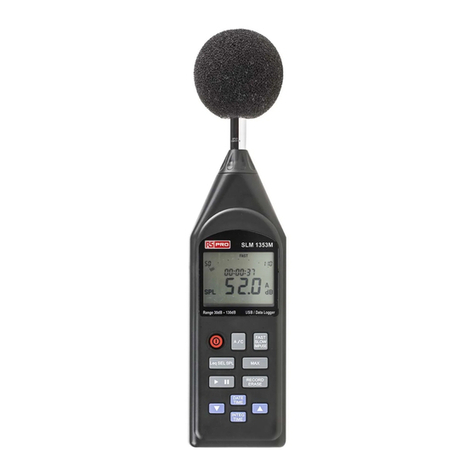
RS PRO
RS PRO SLM 1353M User manual
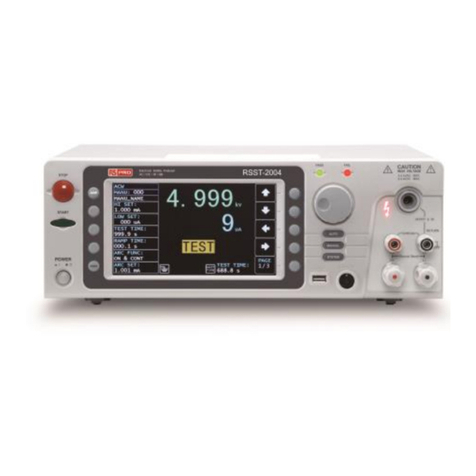
RS PRO
RS PRO RSST-2000 Series User manual
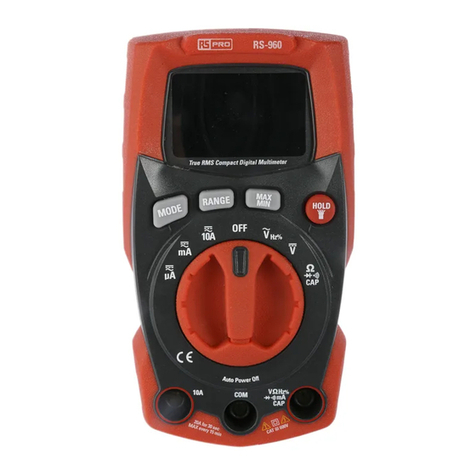
RS PRO
RS PRO RS-960 User manual
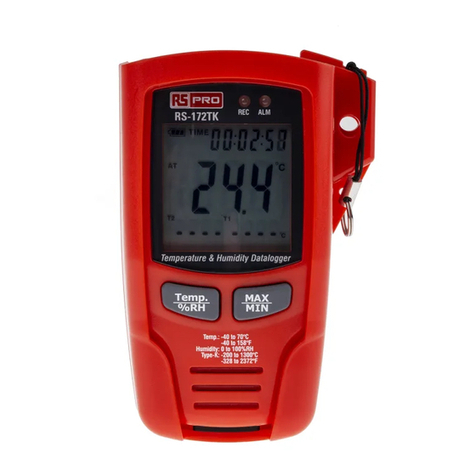
RS PRO
RS PRO RS-172 User manual

RS PRO
RS PRO RS-171V User manual
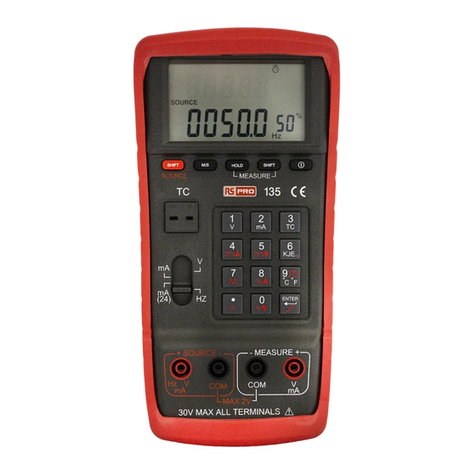
RS PRO
RS PRO RS-135 User manual

RS PRO
RS PRO RS-3381 User manual

RS PRO
RS PRO RS-326 User manual

RS PRO
RS PRO RS-1013 User manual
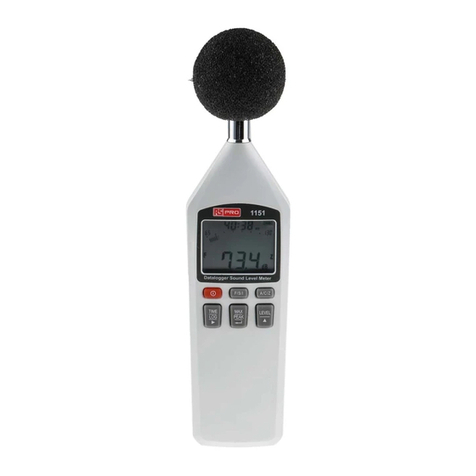
RS PRO
RS PRO RS-1151 User manual
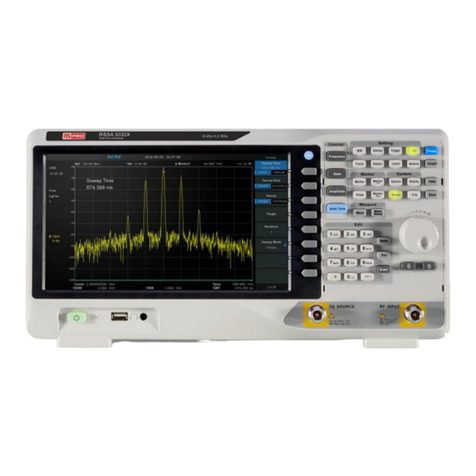
RS PRO
RS PRO RSSA3000X User manual

RS PRO
RS PRO RS-1150 User manual
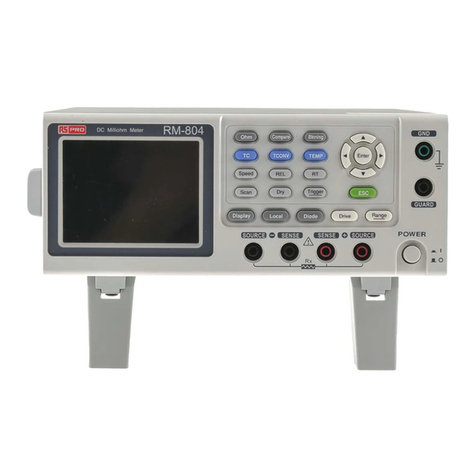
RS PRO
RS PRO RM-804 User manual
Popular Measuring Instrument manuals by other brands

Powerfix Profi
Powerfix Profi 278296 Operation and safety notes

Test Equipment Depot
Test Equipment Depot GVT-427B user manual

Fieldpiece
Fieldpiece ACH Operator's manual

FLYSURFER
FLYSURFER VIRON3 user manual

GMW
GMW TG uni 1 operating manual

Downeaster
Downeaster Wind & Weather Medallion Series instruction manual

Hanna Instruments
Hanna Instruments HI96725C instruction manual

Nokeval
Nokeval KMR260 quick guide

HOKUYO AUTOMATIC
HOKUYO AUTOMATIC UBG-05LN instruction manual

Fluke
Fluke 96000 Series Operator's manual

Test Products International
Test Products International SP565 user manual

General Sleep
General Sleep Zmachine Insight+ DT-200 Service manual
